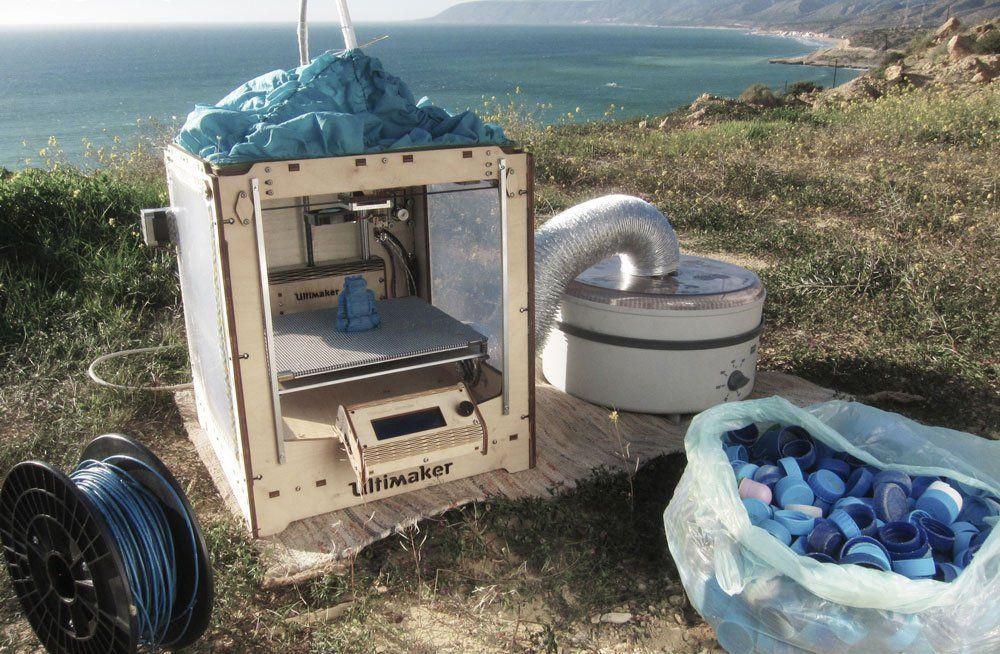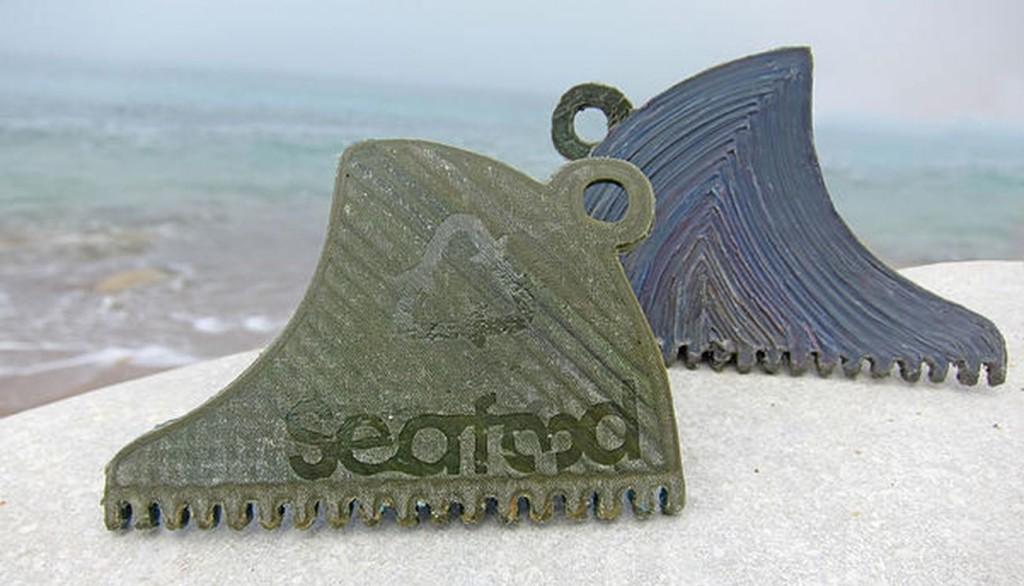 Most of us find the statistics on trash–and the way it continues to pile up everywhere–to be horrifying. While recycling is a way of life for many, there is still of course an enormous challenge to be dealt with considering what seems like infinite volumes of trash, and ever increasing numbers of landfills.
Most of us find the statistics on trash–and the way it continues to pile up everywhere–to be horrifying. While recycling is a way of life for many, there is still of course an enormous challenge to be dealt with considering what seems like infinite volumes of trash, and ever increasing numbers of landfills.
As we each try to do our part, recycling can mean many things, and even has a whole host of contemporary definitions and subcategories attached to it, from precycling and grasscycling, to upcycling and downcyling. You can compost, you can salvage, and with the holidays in full swing, you can participate in an old favorite well-loved by all: regifting.
While the process may take many forms and spark many a debate, the fact remains that do we have enormous environmental issues around the world–and many point directly to plastic. The problems we’ve created on land are devastating already, and the story being told with very serious statistics grows further overwhelming–and heartbreaking–when we hear what’s happening to our oceans and bays.
As the majority of trash in the sea comes straight from…us…the damage done to the environment and the effect it has on innocent wildlife is staggering, and not only that, what we are doing to water overall has a direct and terribly adverse effect on the health of humans too, today and far into the future. With the vast and constant task to prevent and reverse, it’s obvious that we all must do our part, miniscule as it may seem.
And while 3D printing invokes its own conversation regarding recycling and the environment, it also offers significant and positive impacts in nearly every area one can think of, with most manufacturers and users remaining keenly aware of how important it is to minimize harm to the environment.
Both Ultimaker and Project Seafood have been involved in a recent project working to clean up beaches and–offering up another popular recycling term–repurposing. In this case, plastic trash is actually going into a 3D printer, rather than the sea.
Project Seafood Founders Fabian Wyss and Jennifer Gadient, of Switzerland, took a sweeping look outside of their home country, traveling through Europe and further, examining not only the trash on beaches, but ‘exploring the possibility of mobile digital plastics recycling’ — to be performed in their very unique workspace–a mobile upcycling fablab. Their name may suggest traditional fishing or processing, but what they are actually completely committed to is the collecting and creative re-using of plastic.
Inside their mobile unit, the two have a trusty plastics shredder and a Noztek extruder. They wash and shred the plastic, and then make their own filament. Once ready, they then use their Ultimaker Original 3D Printer to turn plastic waste into a variety of 3D objects. Fabian and Jennifer chose that particular printer because it is such a durable machine and also because it fit their mobile needs easily.
The duo was able not only to fit the Ultimaker into their traveling lab, but also, with the help of YouMagine, made their own numerous modifications, adding a heated chamber, dust filter, and larger nozzle–all for better quality in their prints.
“Today we can create filament of quite good quality, which was not always the case,” says Fabian. “The way we 3D print recycled items today is still time-consuming, but we like that every 3D printed artefact has a unique color and quality and is not just made with plastic from a factory anywhere.”
Each object that they produced while traveling the Mediterranean coastline has a unique stamp on it indicating the geographic region where they picked up the trash. The first item that they made was a wax comb for their surfboards. Jennifer even has a very cool pair of shades for which they constructed stylish 3D printed frames.
“To obtain a balance between design and stability we printed the comb in two-layer parts,” explains Jennifer. “The first half of the layers is printed using a default cross pattern, and the second half follows a manually designed path of the wave.”
 Because of warping and delamination in the materials they are often using, some ‘tweaking’ was necessary, and Jennifer points out that’s why they chose the Ultimaker. Because it is so easily modified, the resourceful couple has been able to use it for a variety of their unique applications–and they have been duly impressed by the durability of the machine.
Because of warping and delamination in the materials they are often using, some ‘tweaking’ was necessary, and Jennifer points out that’s why they chose the Ultimaker. Because it is so easily modified, the resourceful couple has been able to use it for a variety of their unique applications–and they have been duly impressed by the durability of the machine.
“It survived everything, even though we used it in a heavy environment, drove around bumpy dirt roads, exposed it to salty seabreezes and fed it ‘freestyle’ filament with grains of sand in it,” says Jennifer.
For several months, they drove in their Citroen Jumper from one beach landscape to another, collecting plastic in bags (and finding no shortage, unfortunately) and then feeding it to their much obliging shredder and printer.
“We are honored that our 3D printers are being used for sustainability,” says Siert Wijnia, CTO and founder of Ultimaker. “As the 3D printing industry grows, so does creativity, generosity and efficiency. It is exciting for Ultimaker to be able to help move towards a stronger, more sustainable community.”
The vision of these two young people working to turn trash into treasure–in between hanging ten here and there–takes what can be an unpleasant subject and turns it into something incredibly inspirational and creative. Discuss this initiative in the Project Seafood forum on 3DPB.com.
Subscribe to Our Email Newsletter
Stay up-to-date on all the latest news from the 3D printing industry and receive information and offers from third party vendors.
You May Also Like
Precision at the Microscale: UK Researchers Advance Medical Devices with BMF’s 3D Printing Tech
University of Nottingham researchers are using Boston Micro Fabrication‘s (BMF) 3D printing technology to develop medical devices that improve compatibility with human tissue. Funded by a UK grant, this project...
3D Printing Webinar and Event Roundup: April 21, 2024
It’s another busy week of webinars and events, starting with Hannover Messe in Germany and continuing with Metalcasting Congress, Chinaplas, TechBlick’s Innovation Festival, and more. Stratasys continues its advanced training...
3D Printing Webinar and Event Roundup: March 17, 2024
It’s another busy week of webinars and events, including SALMED 2024 and AM Forum in Berlin. Stratasys continues its in-person training and is offering two webinars, ASTM is holding a...
3D Printed Micro Antenna is 15% Smaller and 6X Lighter
Horizon Microtechnologies has achieved success in creating a high-frequency D-Band horn antenna through micro 3D printing. However, this achievement did not rely solely on 3D printing; it involved a combination...






























